3D rendering process usually takes a lot of time and is a headache, especially when you do not have much time left to complete a project. Although many 3D rendering techniques are available to make 3D modeling stand out and appealing, the time that is required is a challenge.
Despite a wide array of rendering software solutions on the market, there is a need to streamline the entire process to save time and achieve the best results. Have you struggled to complete a project within schedule but were held back by rendering time? Are you searching for the best 3D rendering techniques to make the rendering process more efficient and time-saving?
Do you want to learn the best 3D rendering tips to fast-track the rendering process? Then, this blog is for you. Read it till the end to know the right 3D rendering techniques for faster rendering and high quality.
Table of Contents:
Introduction
Architects have always had issues with 3D visualizers, especially in terms of time invested and the output ratio. The advancement in technology has provided architects with cutting-edge solutions in addition to 3D rendering techniques right from pre-production to post-production.
Regardless, there is a need to find a balanced ratio among the essential phases of architectural rendering to have realistic end products. More often than not, there isn’t enough time to undertake each of the phases of visualization.
As long as it is unprofessional to present unfinished visualizations to clients or investors, architects must find a suitable way to streamline the rendering process without compromising the quality.
Click Here to View Our Portfolio
As much as you struggle to complete your projects on time, you would not want to pass the low-quality project to your clients. Since you are restricted by the time constraint, you are in a dilemma as you do not have much time for the rendering process, and you cannot afford to lose your clients.
However, you are left with two options: either compromise on the quality or streamline the entire 3D rendering process. The latter will undoubtedly result in better engagement with clients and higher earnings. Certainly, you know the right option to choose.
Let’s discuss some good-to-know 3D rendering techniques that can help save time as well as maintain the quality of the projects delivered.
Looking to Hire the Best 3D Rendering Experts?
The Major 3D Rendering Techniques
Here are the main techniques used for 3D rendering. All these techniques have their pros and cons, and it is best to make use of them as per your requirements.
1. Scanline Rendering Technique
When you need to reduce the time taken for rendering, the scanline technique is your best option. It provides real-time rendering based on a polygon-by-polygon basis in 3D modeling instead of rendering using pixel-by-pixel.
With this technique, it is possible to achieve speeds of 60 frames per second (fps) when used together with pre-computed lighting.
2. Ray Tracing Rendering Technique
Ray tracing is an easier way to render 3D modeling. It traces the natural light using precise “bounces” through either reflection or refraction of the materials in a 3D scene. It computes every color algorithmically and achieves the most photorealism than the scanline.
The only downside to Ray tracing technique is that it is annoyingly slow, much slower than scanline.
3. Ray Casting Rendering Technique
If you are handling a project that does not require showing many details, the ray casting technique is your best choice. It renders a project using the geometry of an object line by line, and pixel by pixel.
Its primary use involves real-time simulations of 3D modeling. It does a lot to achieve a better performance in the computational stage for the best results.
In practice, ray tracing and ray casting techniques are often combined based on the advantages of each technique to achieve the highest levels of photorealism possible.
Mastering these techniques and knowing when to use them will help to achieve the best results and help to prevent taking an unnecessarily long time to complete rendering.
Recommended Reading:
Tips to Streamline the Entire Process
4. Sketch Your Ideas
The first and the most essential step before you begin a pre-production process or 3D modeling is to brood over your ideas using a pen and a piece of paper. You can also take advantage of some advanced tools to sketch your ideas.
With the cutting-edge tools in the market, you can sketch your ideas directly on the go and share your idea with your client in real-time without any hassles. As a result, you would not waste time delving into unnecessary details.
You can implement clients’ request for modification right there and avoid eventual correction after rendering or 3D modeling. You would save both time and money for your clients and yourself.
This tip can be a solid foundation for your projects and help you in meeting your clients’ expectations.
5. Invest More Time in the Pre-production Stage
There is no shortcut to success; if you skip spending quality time on the 3D modeling or the pre-production stage, you will pay back at the post-production stage, which may be costlier.
Hence, ensure to finish every detail during the pre-production stage to increase the level of realism and reduce spending much time on post-production, which might not give a better result.
Besides, you can make use of pre-created items (like drag-and-drop models) to add to your 3D modeling. Adding pre-created items is not cheating; you are only streamlining the entire process and saving time.
6. Use Available Rendering Software Solutions
The market is full of an extensive collection of cutting-edge software for 3D rendering and visualizations. You can leverage a combination of these tools to achieve the best results.
For architectural rendering, you can combine many tools and platforms, and you would be surprised that many of them are compatible with one another to produce the best render possible without taking all day.
Take a critical look at each software and tool and learn the cutting-edge advantage each one has over the other. Spend quality time on 3D modeling and the right rendering techniques to become a better 3D visualizer.
7. Create Your Library
One way to streamline the entire process is to create a library of high-quality models that are processed for the best quality possible. You would not have to waste time improving low-quality models by adding effects such as glossiness, diffuse, refract, etc.
Your 3D modeling will be ready for rendering as soon as you complete the process without fear of having poor outputs.
8. Keep it Simple
Remember that the more complex your modeling is, the more time it takes to complete the rendering process. You do not have to make your project overly complicated; however, you cannot overrule lighting and texture on any project.
You can save a preset and choose “As in the previous project” to apply that preset to a new project. It renders faster if you use a similar setting, it applies the same effect, especially lighting, repeatedly.
9. Post-production May Not Be Necessary
Your projects would not require any post-production if you managed to complete each aspect of the production correctly without compromising quality. You would save both time and energy and have everything come out great.
By using high-quality, pre-created models, your work will be ready immediately after rendering, not requiring post-production.
Conclusion
In conclusion, streamline the entire process right from the start by building a top-notch library of high-quality, pre-created models and preset settings and effects. All the remaining processes will go smoothly, and the output would be fantastic by using 3D architectural rendering services.
As home builders, commercial builders, or real estate companies, you cannot do without 3D modeling and 3D architectural rendering processes to plan and develop building designs and interior spaces. By taking care of the entire process, your project would render faster at the highest level of photorealism.













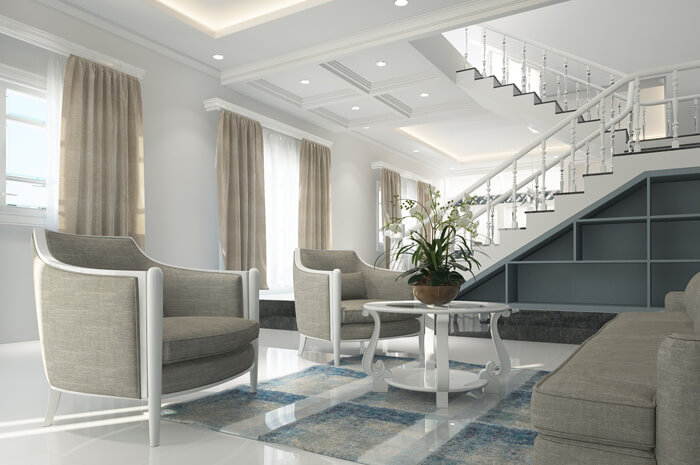

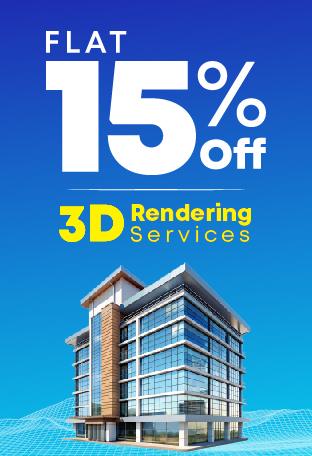


 Freelancer or Visualization Studio or In-House Team: What Brings More Value for Builders and Developers
Freelancer or Visualization Studio or In-House Team: What Brings More Value for Builders and Developers 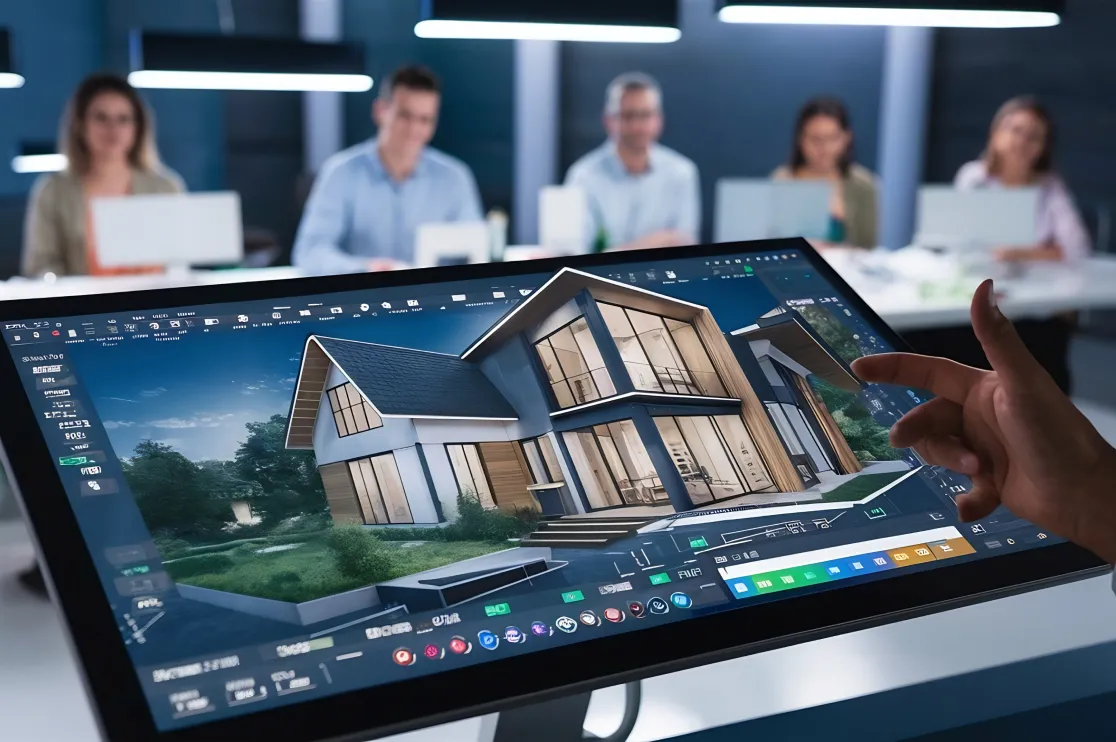 6 Correct Ways to Use 3D Animation Video for Real Estate Advertising to Boosts Sales?
6 Correct Ways to Use 3D Animation Video for Real Estate Advertising to Boosts Sales? 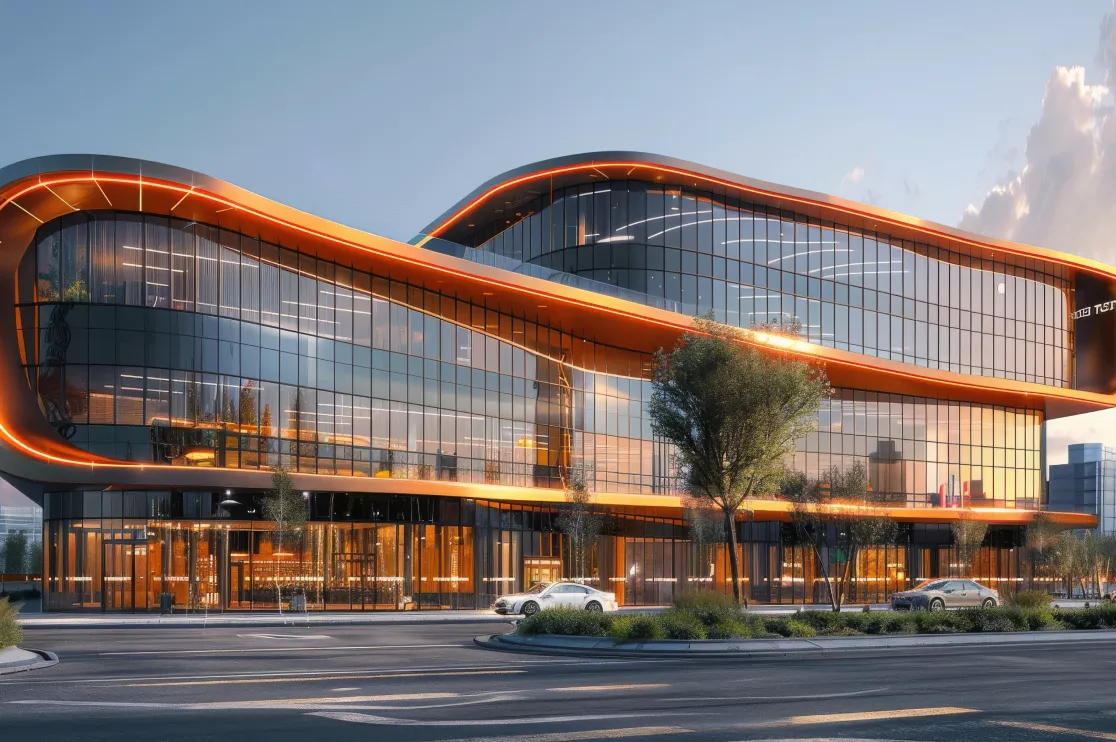 Showcase Commercial Real Estate Like Never Before: The Developer’s Guide to Standing Out
Showcase Commercial Real Estate Like Never Before: The Developer’s Guide to Standing Out 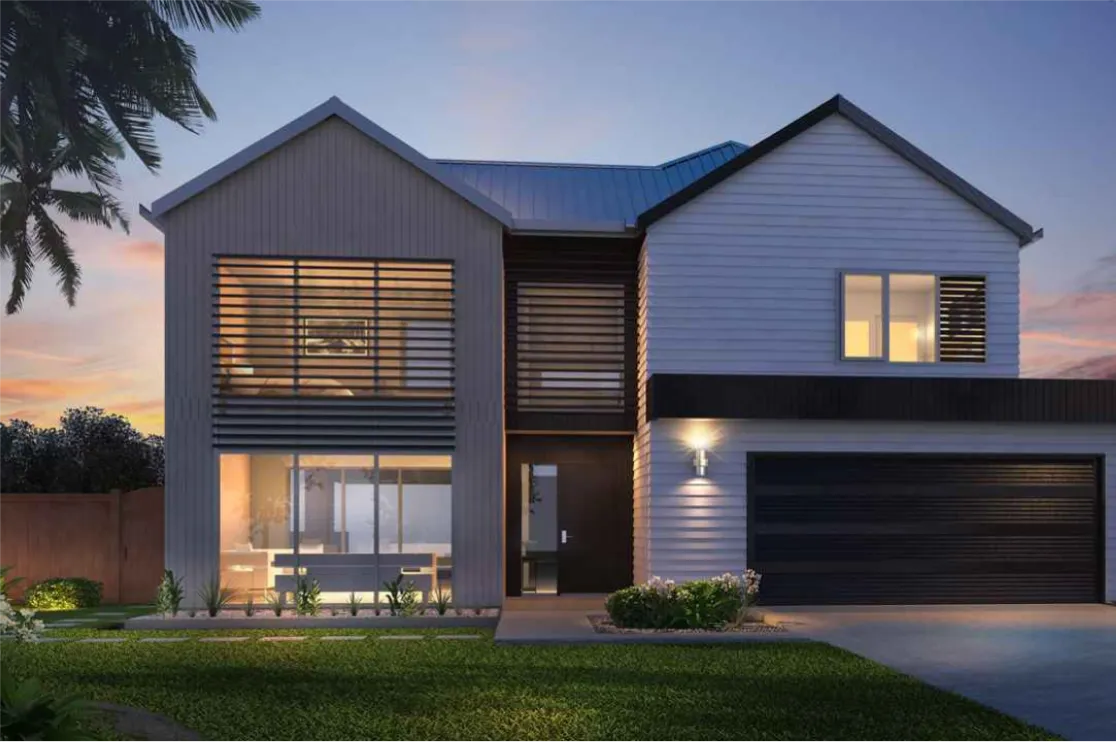 Exploring 3D Architectural Visualisation: More Options Than Just Static CGI
Exploring 3D Architectural Visualisation: More Options Than Just Static CGI
Awesome Blog